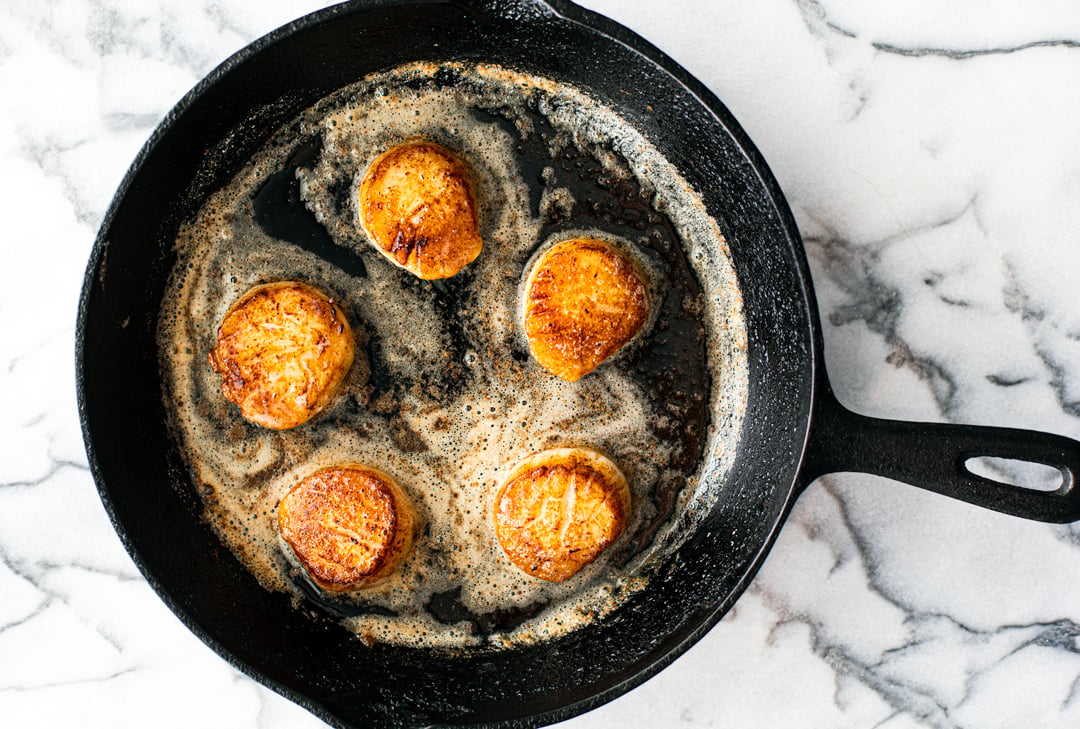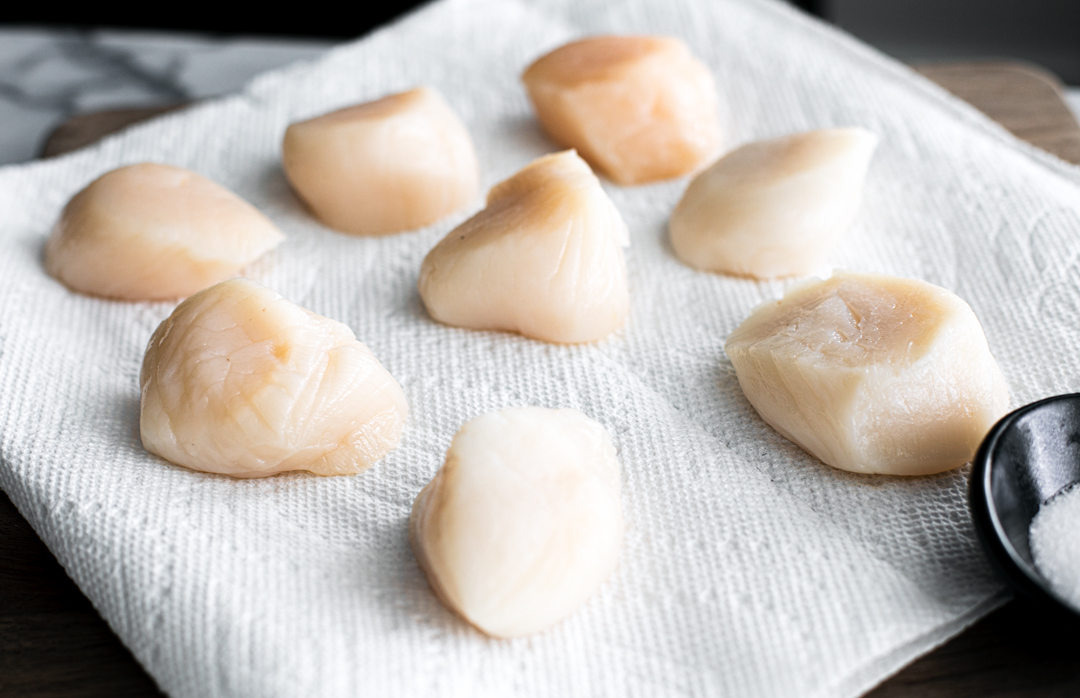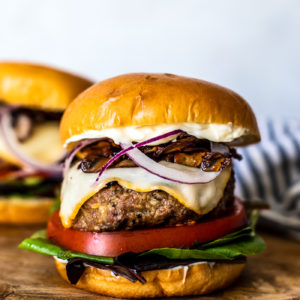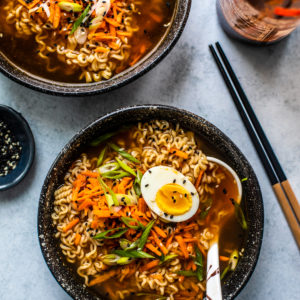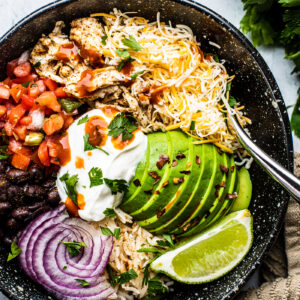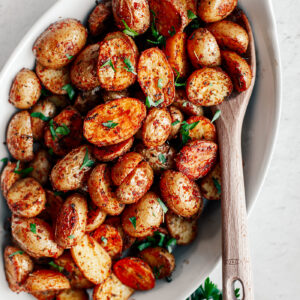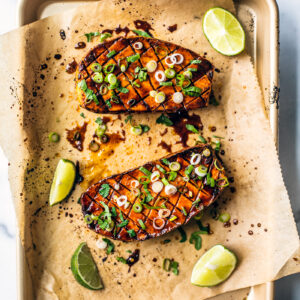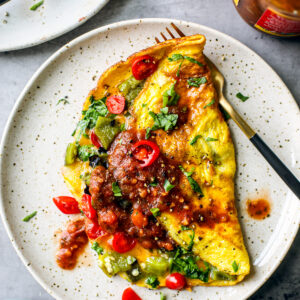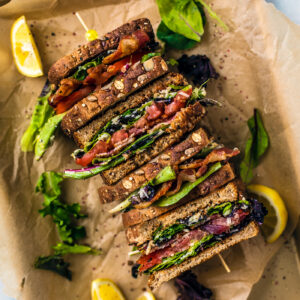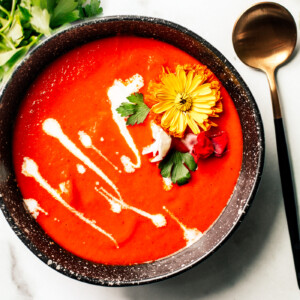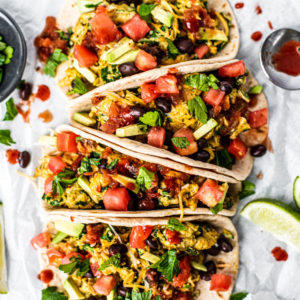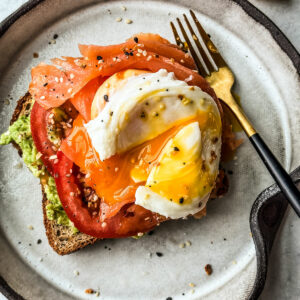What Are Scallops?
What are scallops, exactly? Find out here and learn about the different types available and how to shop for them.
Scallops are a favorite among seafood lovers. When cooked perfectly, they offer up a nice golden crust on the surface that protects a sweet and silky interior. But despite their size and modest appearance, they are complex little things. (See for yourself! Fascinating stuff.) There are different varieties and different preparation methods to think about. Here are a few things to consider before you buy scallops and cook them at home.
Table of Contents
What are scallops?
If you’re new to seafood, you might not be overly familiar with scallops. In short, they’re part of the bivalve family along with mussels, clams, and oysters. But they’re much less fishy, offering up more of a sweet flavor with a soft texture. They can be enjoyed on their own or in pastas, soups, risotto, etc. Like most other seafood, scallops are best when cooked with care. Overcooking them will result in a rubbery texture, robbing them of their naturally enjoyable sweetness and delicateness.
Wet vs Dry.
There’s a big difference between wet and dry scallops. Generally, you want dry.
Wet scallops are treated with a solution of water and sodium tripolyphosphate (STPP). This preserves them as soon as they’re harvested at sea; they’re often frozen afterward. Despite the fact that this process preserves them, it also results in water retention. So, though your morsels will look lusciously plump, most of that is water content which affects the way they taste and the way they cook. These scallops release a lot more water when cooked, which prevents them from getting that beautiful crispy golden crust on them. As far as taste goes, you’ll notice and almost soapy-like flavor and a bouncy texture once cooked. Lastly, they weigh more due to the water retention. It may seem like you’re getting yourself some nice fat ones, but really, you’re paying extra for water.
Dry scallops are not treated with the water and STPP solution. So when you cook them, you can achieve that golden crust and overall, they taste better; they taste sweet and fresh, and offer a nice buttery texture.
How can you tell the difference?
Not all scallops will be labelled as wet or dry. When perusing the seafood counter, your best bet is to ask the fishmonger. But if you already have them at home and you aren’t sure if they’re dry or wet, you can perform a little test.
- Put a scallop on a paper towel-covered plate, and place it in the microwave.
- Cook it for 15 seconds.
- Remove from the microwave. If there’s a large noticeable ring of water around the scallop, they’re wet. If there’s very little moisture on the paper towel, they’re of the dry variety.
The wet scallop hack.
If you find yourself with wet scallops, do not fret. You can cover up that chemical-y taste with a little trick. Soak them in the following solution for 30 minutes:
- 1 quart cold water
- 1/4 cup lemon juice
- 2 tablespoons salt
After 30 minutes, remove them, pat them dry, and you almost won’t be able to tell the difference with taste. You still won’t get that nice crust when cooking, but at least they’ll taste good.
Sea Scallops vs Bay Scallops.
The first noticeable difference between sea and bay scallops is their size. Sea scallops, which are harvested from deep, cold sea waters year-round, are pretty plump. Bay scallops, found in the shallow waters of bays and estuaries along the East Coast of the US, are small—sometimes as small as a quarter of the size of a sea scallop. The difference in size also results in a difference in flavor, and there are different ways to cook each variety to get the best out of them.

